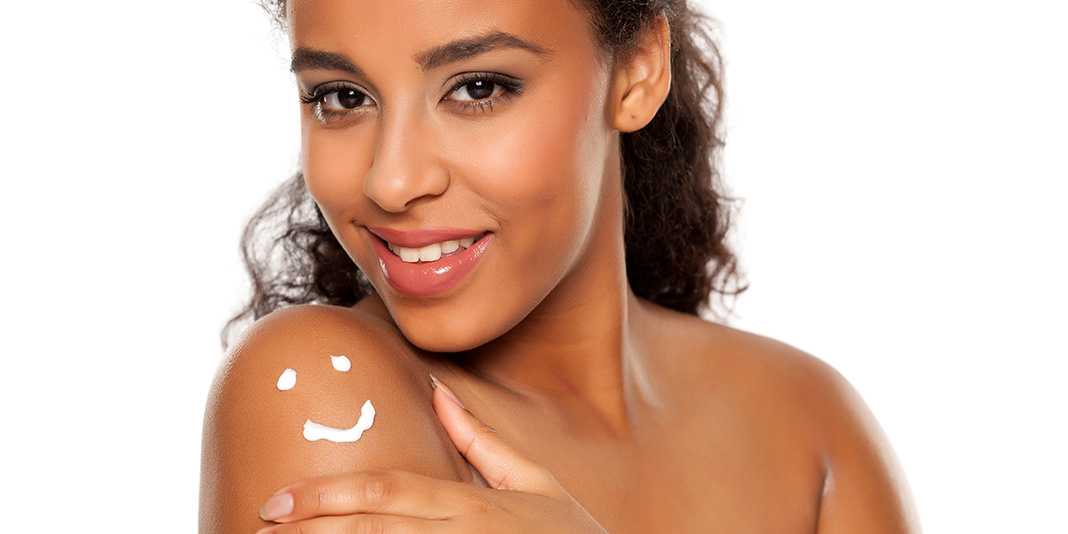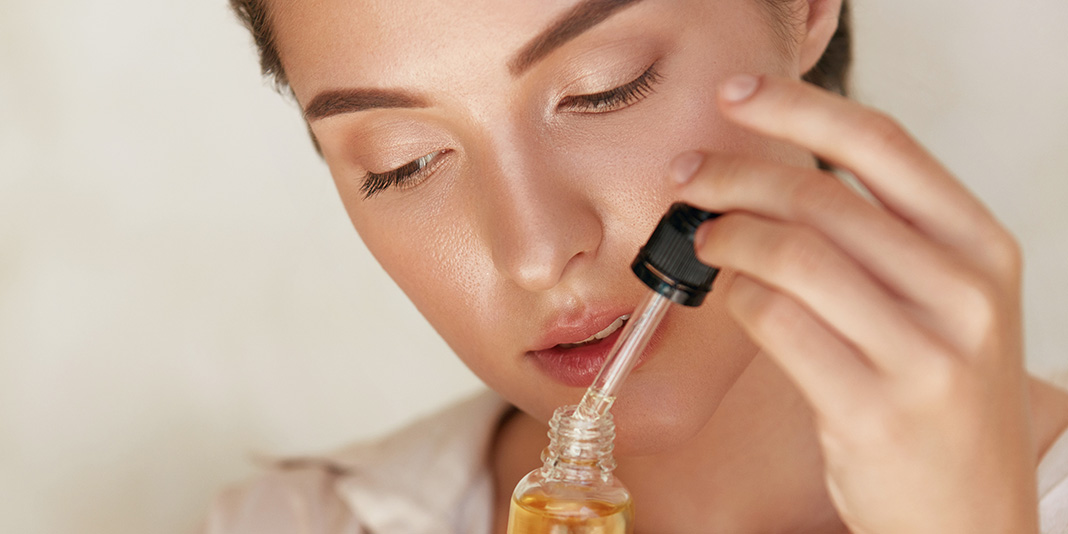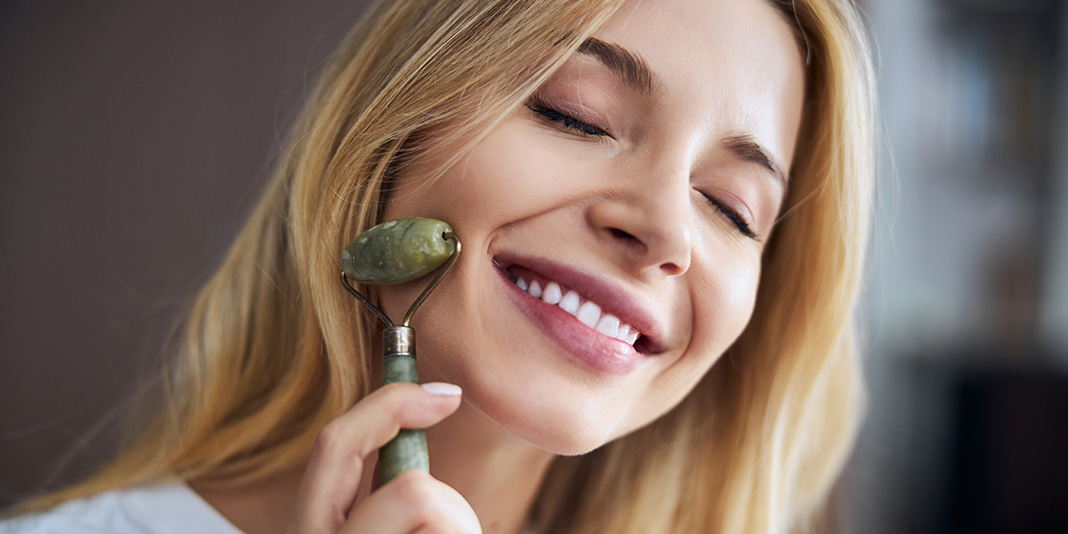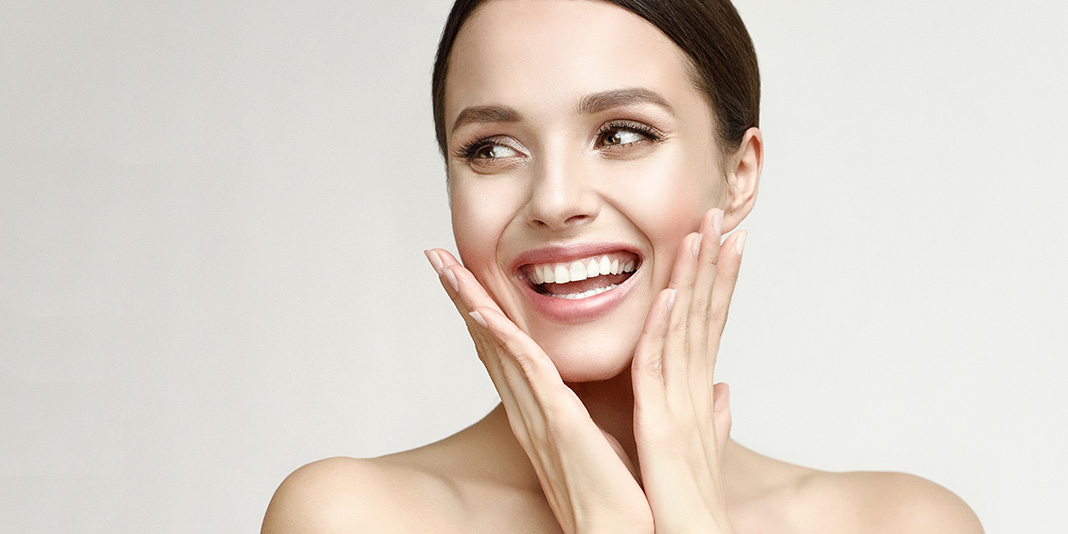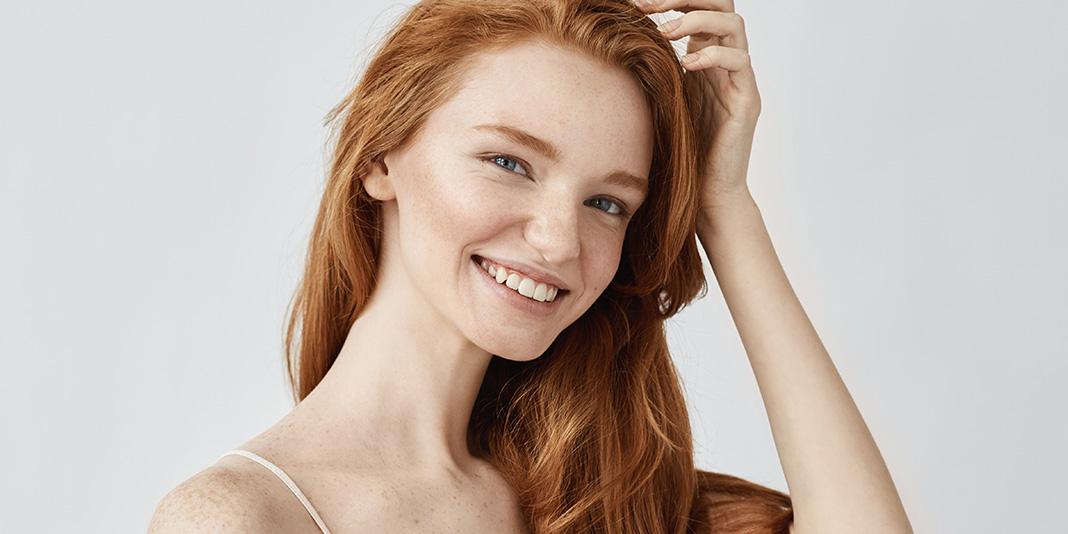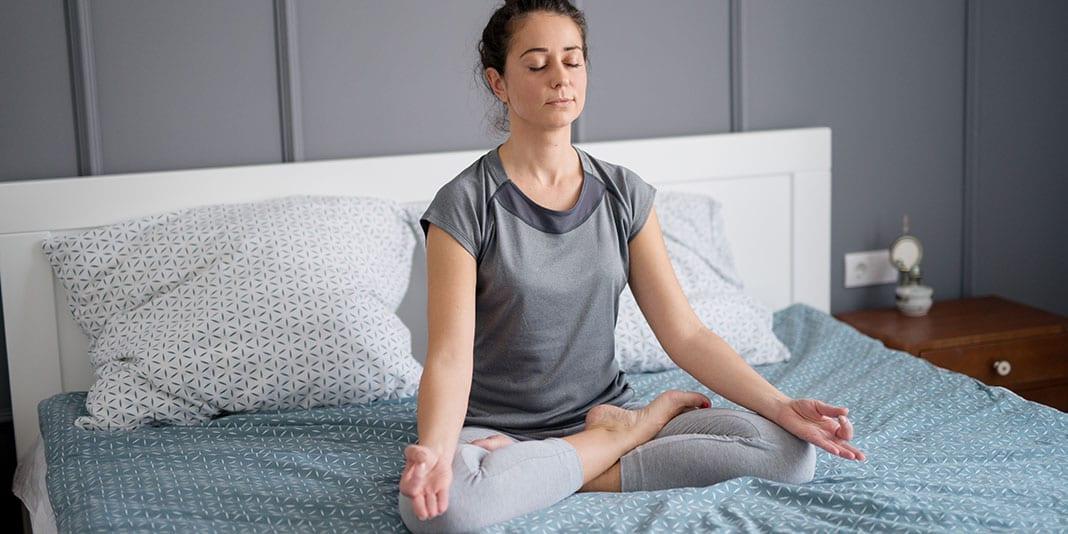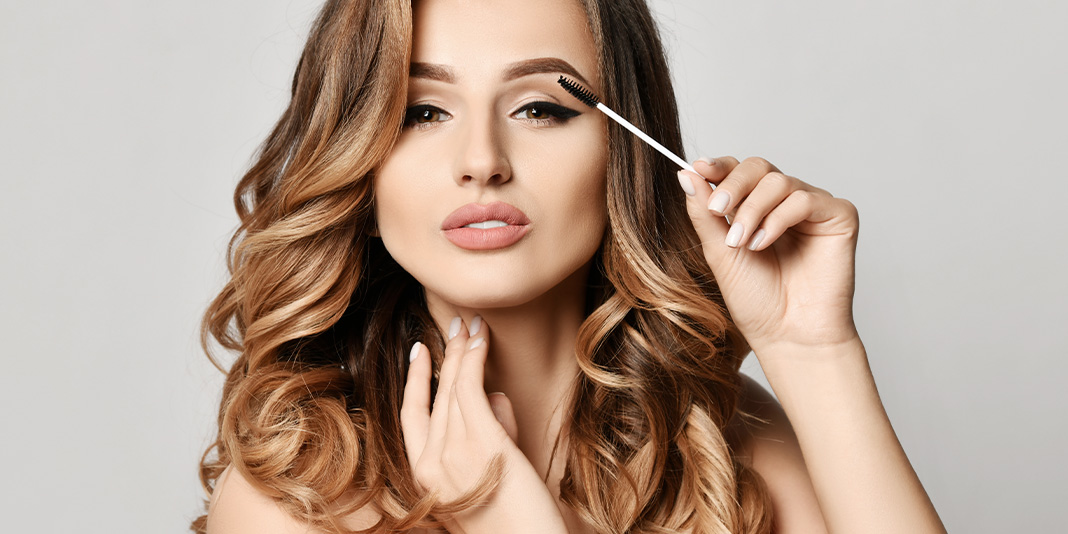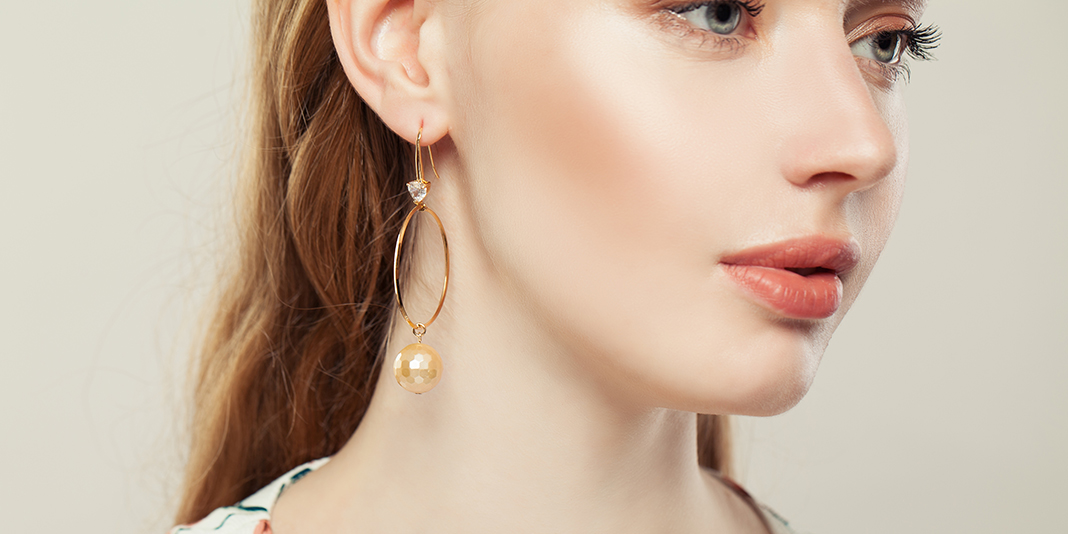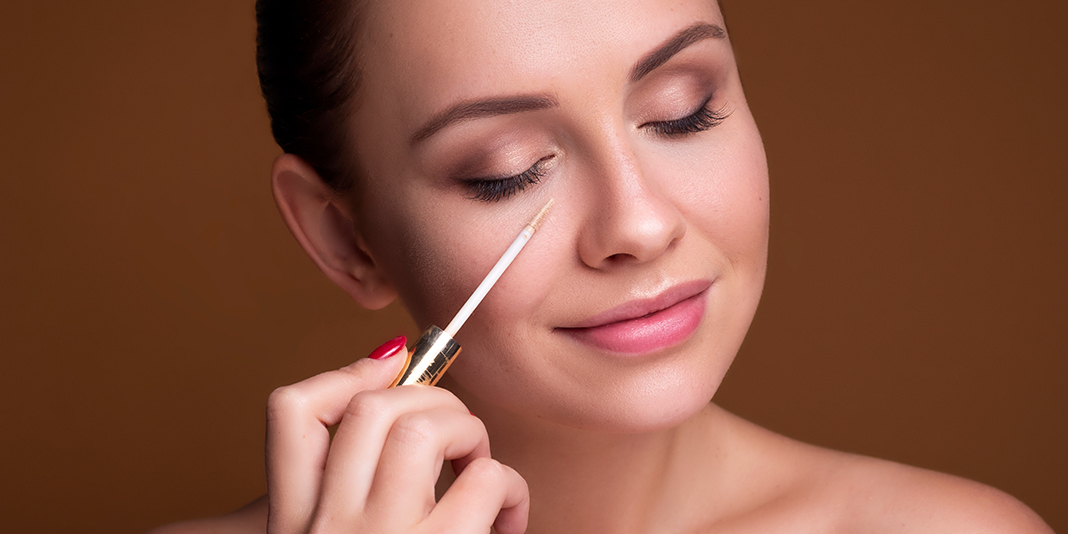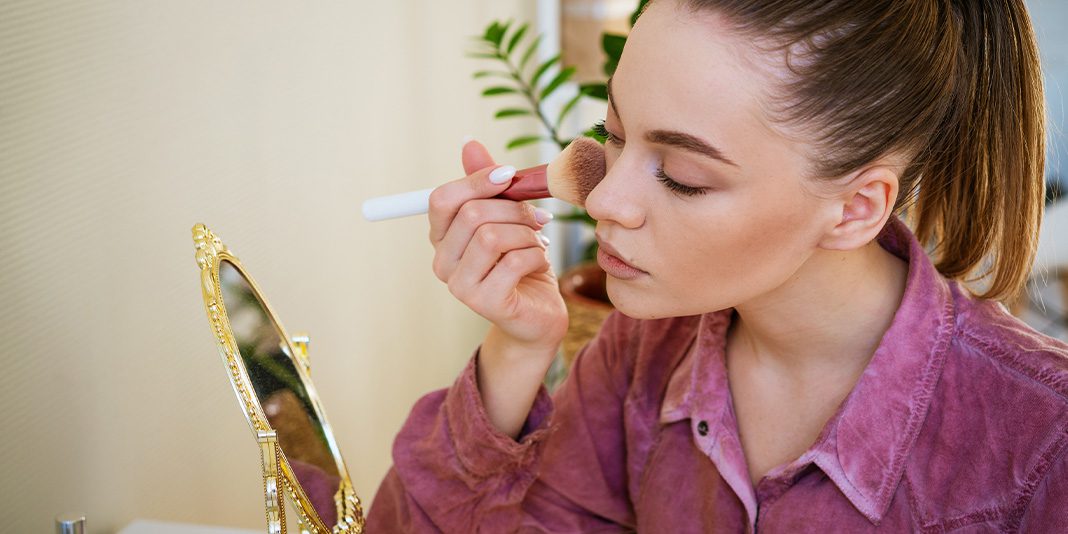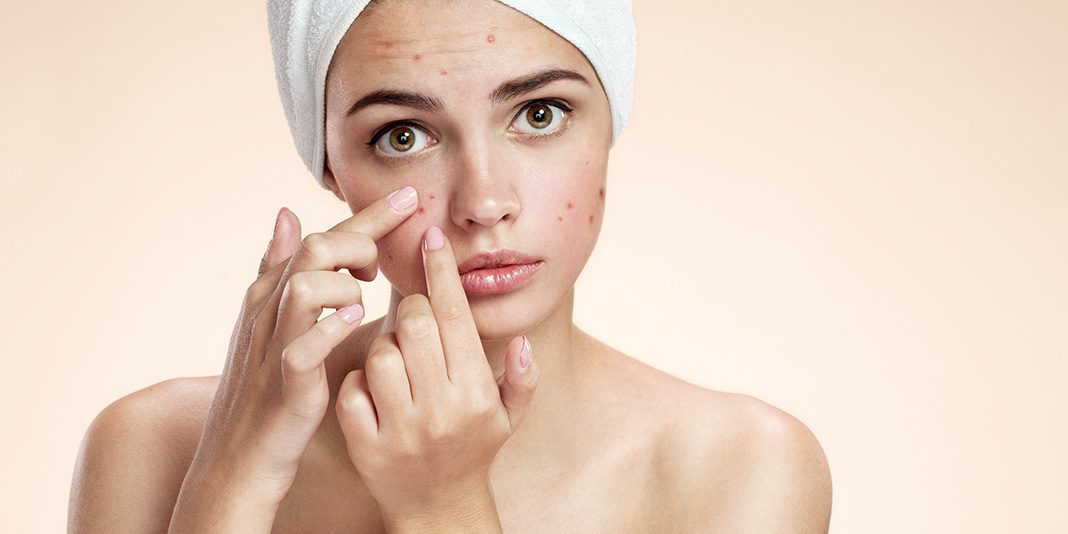There are hundreds of skincare products that claim to reduce dark circles—just run a quick “dark circle” search on Sephora.com and you’ll see 127 different results. But until you get to the root of what’s causing your shadows, it’s impossible to know which products (if any) can actually diminish them. There are four (yes, four!) different types of under eye circles, all with different sources. So grab a mirror and give your under eye area a good look. Find your color match below, and discover solutions that’ll really help.
READ MORE: How to Get Rid of Dark Circles in 20 Minutes (Or Less)
1Bluish Under Eye Circles
 CAUSE: Your lifestyle is likely responsible for your blue-toned dark circles. They show up when you’re lacking sleep, are suffering from allergies or nasal decongestion or are stressed out. “They are the visible manifestation of slow microcirculation, which causes the blood to become less oxygenated and turn from bright red to dull blue,” says Ni’Kita Wilson, YouBeauty Cosmetic Chemistry Expert.
CAUSE: Your lifestyle is likely responsible for your blue-toned dark circles. They show up when you’re lacking sleep, are suffering from allergies or nasal decongestion or are stressed out. “They are the visible manifestation of slow microcirculation, which causes the blood to become less oxygenated and turn from bright red to dull blue,” says Ni’Kita Wilson, YouBeauty Cosmetic Chemistry Expert.
SOLUTION: The good news? These bluish circles are preventable (since they’re basically your fault). To avoid them in the first place, “get enough sleep and get an allergy shot if you need it,” Wilson says. A few deep breaths and some relaxation or meditation wouldn’t hurt either.
You can easily treat them at home with a caffeine-infused eye cream, which Wilson says can improve microcirculation (Try 100% Pure Organic Coffee Bean Caffeine Eye Cream, $19). The fine lines around your eyes accentuate dark circles, so minimize their appearance with a moisturizing primer, such as NeoStrata Skin Active Line Lift, $100. “It can help mask lines while actually treating them by increasing hyaluronic acid production in the skin,” says Heidi Waldorf, M.D., director of laser and cosmetic dermatology at Mount Sinai Medical Center in New York City.
2Violet-Reddish Under Eye Circles
 CAUSE: Aging and genetics are to blame for your purple or red toned under eye circles. What you’re seeing are visible blood vessels. As your skin ages, it becomes thinner, making blood vessels more visible. What’s technically happening is that your vessel walls dilate and weaken surrounding capillaries, which causes blood cells to leak, says Wilson. If you have particularly fair skin, genetics is often the culprit. You skin tends to be more translucent, making blood vessels obvious.
CAUSE: Aging and genetics are to blame for your purple or red toned under eye circles. What you’re seeing are visible blood vessels. As your skin ages, it becomes thinner, making blood vessels more visible. What’s technically happening is that your vessel walls dilate and weaken surrounding capillaries, which causes blood cells to leak, says Wilson. If you have particularly fair skin, genetics is often the culprit. You skin tends to be more translucent, making blood vessels obvious.
SOLUTION: If your circles have become more apparent with age, try a retinol-based eye cream. It can help thicken the skin around your eyes to make the vessels less visible, says Wilson. Try: SkinCeuticals Retinol 1.0, $59. If that alone doesn’t work, or if a fair skin tone is likely the source of your circles, talk to a dermatologist about treating the area with a Pulsed Dye Laser, suggests Waldorf. The non-invasive treatment uses light induced heat to destroy visible blood vessels.
3Brownish-Black Under Eye Circles
 CAUSE: Sun damage and genetics can result in hyperpigmentation, which creates brown or black colored circles under your eyes. While all skin tones are susceptible to dark circles caused by excess pigmentation, they’re most common in medium to darker skin tones.
CAUSE: Sun damage and genetics can result in hyperpigmentation, which creates brown or black colored circles under your eyes. While all skin tones are susceptible to dark circles caused by excess pigmentation, they’re most common in medium to darker skin tones.
SOLUTION: This is the most difficult type of under eye circle to treat, Wilson says. At home, try products containing retinoids and various antioxidants (like niacinamide and vitamin C), botanicals (like arbutin and soy) and bleaching agents (like hydroquinone—used very gingerly). And always protect your skin from the sun to “prevent what you can,” says Waldorf. Our recommendations: Olay Regenerist Eye Regenerating Cream + Touch of Concealer, $13, Glow by Dr. Brandt Revitalizing Retinol Eye Cream, $55 and Chantecaille Vital Essence With Arbutin, $114.
If skincare alone doesn’t do the trick, in-office treatments like fractional laser resurfacing (done with a laser like the Fraxel Dual) can be helpful in minimizing the circles even more.
4Dark and Shadowy Under Eye Circles
 CAUSE: While these “circles” aren’t actually a discoloration of your skin, they create darkness under your eyes. The cause? Loss of facial volume, which causes “a valley between the under eye and cheek fat pads,” Waldorf says.
CAUSE: While these “circles” aren’t actually a discoloration of your skin, they create darkness under your eyes. The cause? Loss of facial volume, which causes “a valley between the under eye and cheek fat pads,” Waldorf says.
SOLUTION: Trying to treat these shadows with topical skincare products “will never work,” says Waldorf, but they are the easiest form of dark circles to treat in a dermatologist’s office. Using fillers to plump up the lost fat pad between the eye and cheeks “will immediately improve the appearance of dark under eye hollows,” Waldorf adds. She recommends hyaluronic acid fillers (like Belotero, Perlane, Restylane or Juvederm), calcium hydroxylapatite (like Radiesse) or a biostimulatory filling agent (like Sculptra). Or you can opt to have the area above the lost fat pad filled with a hyaluronic acid filler using a needle or a cannula: “The latter reduces bruising and improves safety,” Waldorf says.

